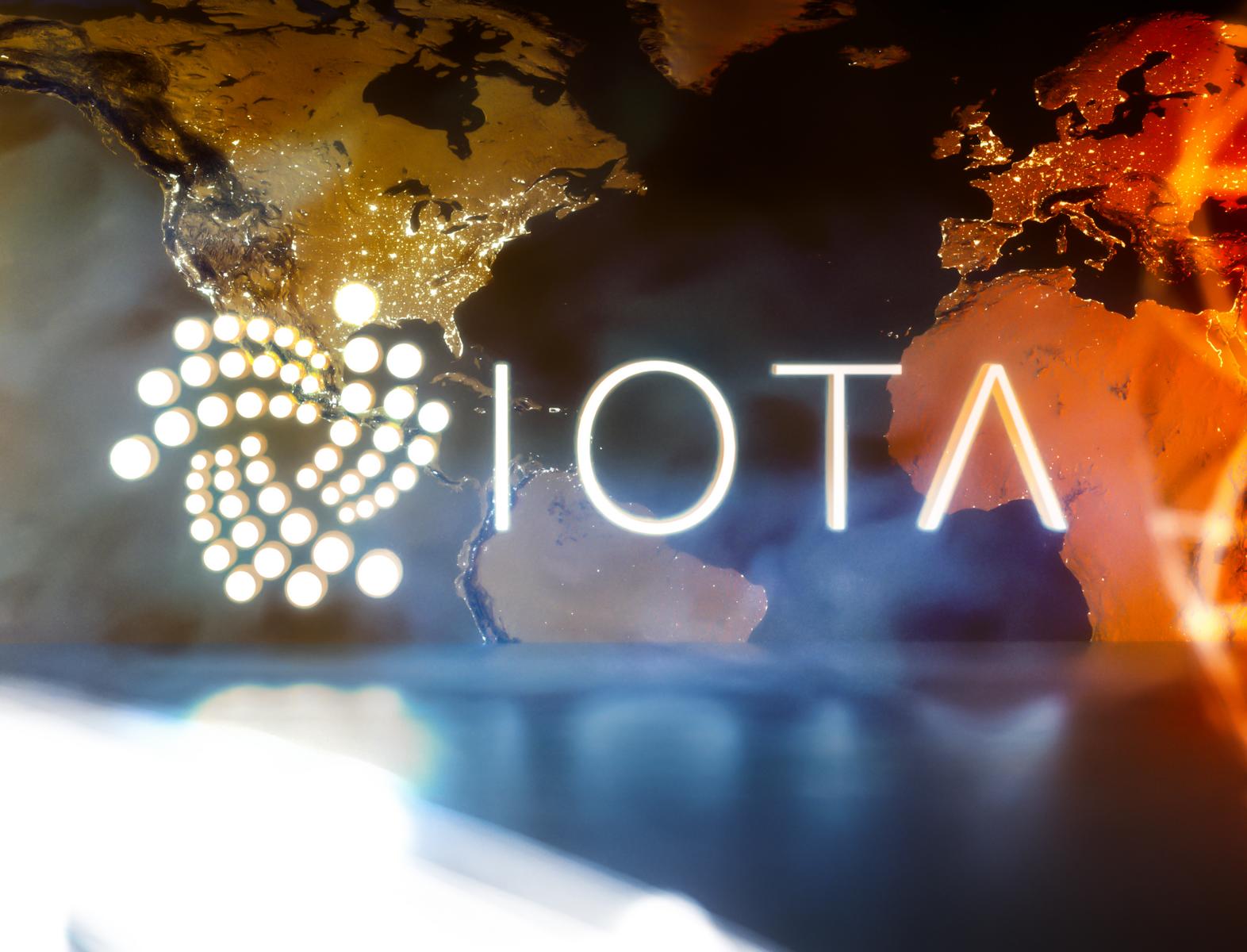
- Key technological advancements like the imminent release of the IOTA EVM and the forthcoming IOTA 2.0 upgrade signify significant progress in the IOTA ecosystem.
- IOTA’s unique features, such as its resistance to MEV and front-running, position it as a robust and future-proof solution for the evolving digital economy.
Amidst the dynamic landscape of cryptocurrencies, Experts are describing IOTA as one of the most promising yet undervalued assets. This is considering the asset is, to mention a few, offering a blend of innovative technologies and unique features that set it apart in the market.
Currently priced at approximately $0.38, with a fully diluted valuation (FDV) of around $1.2 billion and a fully diluted market cap (FDMC) of approximately $1.7 billion, IOTA’s potential remains largely untapped.
From a technological standpoint, IOTA is on the cusp of significant advancements. The imminent release of the IOTA EVM (Ethereum Virtual Machine) marks a milestone, with third-party integrations and decentralized application (dApp) deployment already underway. As reported by Crypto News Flash, the IOTA EVM release shall happen by the month-end.
Additionally, the forthcoming IOTA 2.0 upgrade, with a testnet slated for Q2 and key documents such as the whitepaper and consensus paper in review and progress, respectively, underscores the platform’s commitment to continuous innovation and development.
The imminent IOTA 2.0 upgrade stands as a pivotal milestone for the IOTA community, poised to propel the platform to the forefront of the Web3 ecosystem as a leading Layer 1 protocol. With a focus on achieving genuine decentralization, IOTA 2.0 introduces a refined and sophisticated protocol, laying the foundation for a more inclusive and resilient network.
This upgrade will usher in innovative tokenomics and introduce a Layer 2 interchain system designed to enhance scalability and efficiency. By integrating these advancements, IOTA aims to address key challenges in the cryptocurrency space while offering sustainable token models and streamlined transaction mechanisms, reports Crypto News Flash.
IOTA’s Evolution: Validator Committee, Empowering DAG with Nakamoto Consensus
A pivotal aspect of IOTA’s evolution is the replacement of the Coordinator with a Validator Committee, facilitating a transition to a DAG (Directed Acyclic Graph) with Nakamoto consensus. This shift enhances security and promotes censorship resistance and decentralization, ensuring greater resilience against malicious actors and centralization risks.
Furthermore, IOTA’s unique approach to data storage and throughput stands out in the crowded cryptocurrency space. The platform’s storage deposit mechanism accurately prices permanently stored data, while the feeless nature of transactions, facilitated by pseudo-fee MANA distribution, ensures accessibility and inclusivity for users.
IOTA’s resistance to issues such as MEV (Miner Extractable Value) and front-running, coupled with its scalable throughput and CRDT (Conflict-free Replicated Data Type) foundation, further bolster its appeal as a robust and future-proof decentralized ledger technology (DLT) solution.
As the cryptocurrency community continues to explore avenues for innovation and growth, IOTA’s multifaceted features and underlying principles position it as a frontrunner in the quest for a decentralized and sustainable digital future.






















